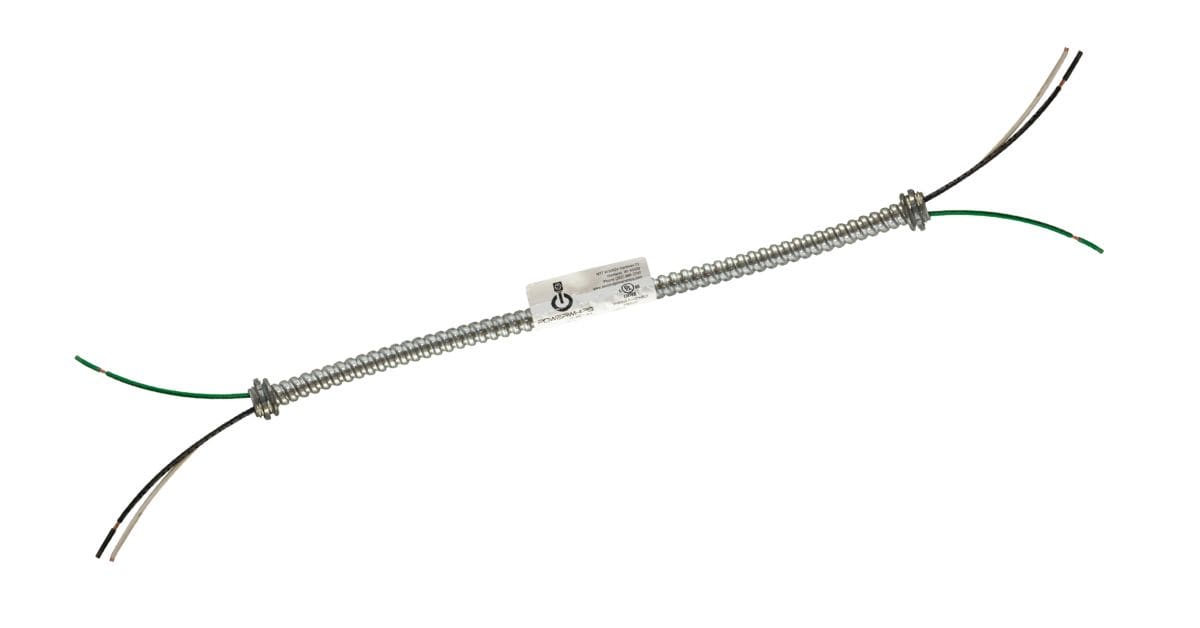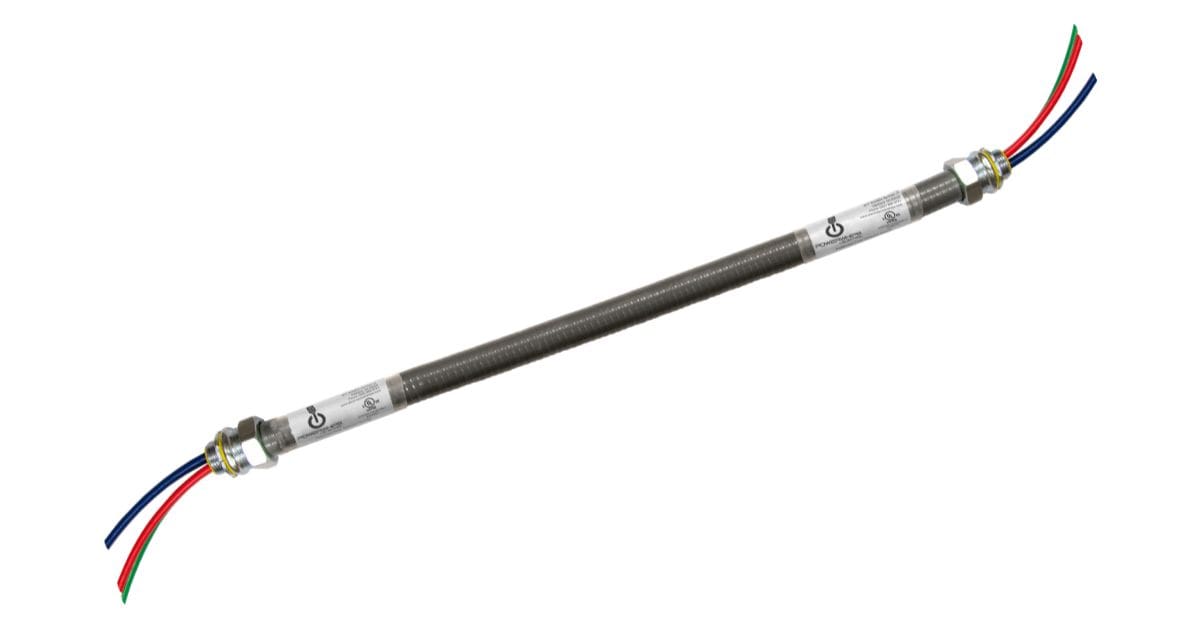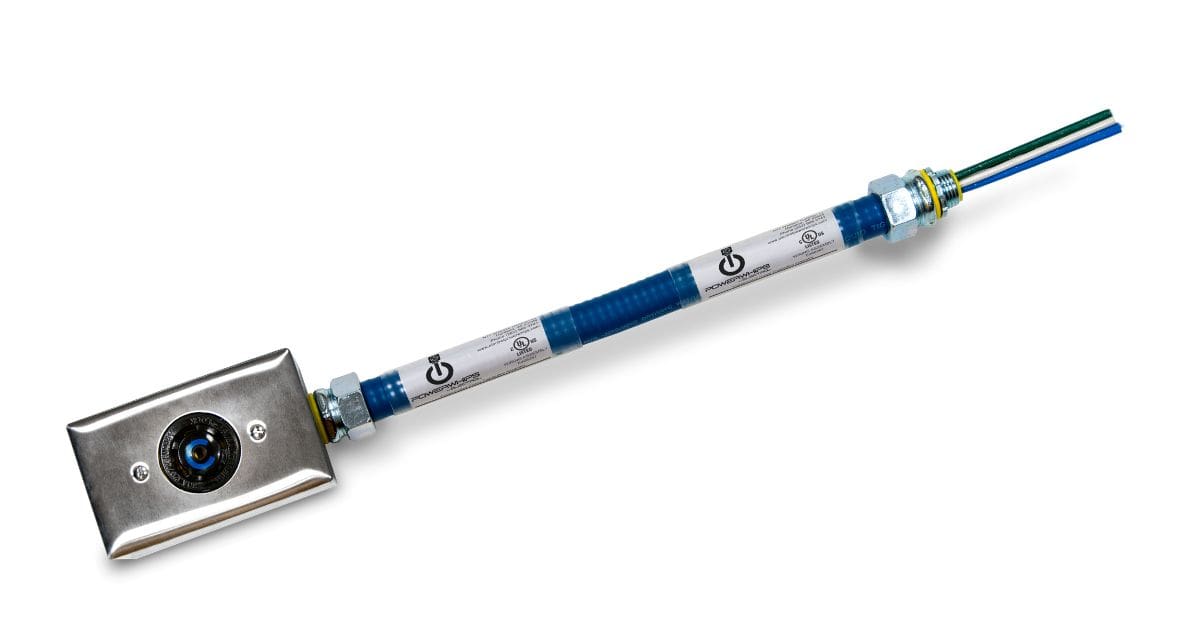
Power systems are at the core of every data center, securing the seamless operation of critical infrastructure. Choosing the right power distribution system is not merely a technical decision but a strategic one that can impact efficiency and reliability.
Understanding the differences between single-phase and three-phase power for data centers is essential to address the energy requirements of modern technology operations effectively. Below, we will explore both systems and the factors to consider when choosing one.
Understanding Single-Phase Power
Single-phase power is common, particularly in residential and small business environments. Single-phase power operates using a single alternating voltage and is known for its simplicity and easy implementation. For data centers, single-phase power systems can be advantageous in certain scenarios, such as medium-to-small server rooms where power demands are relatively low.
Single-phase power utilizes two wires, a live line and a neutral one, to distribute power. This type of system delivers a voltage that fluctuates, and power is usually provided in cycles that rise and fall.
Single-phase power systems are easier to manage, but their intermittent nature means they are less capable of delivering consistent, high-capacity power than their counterparts. This can be a limiting factor for larger data centers. Single-power systems are a good option for smaller setups that do not require high-capacity servers and equipment.
Unveiling the Potential of Three-Phase Power
Three-phase power systems, in contrast, are designed to handle significantly larger electrical loads effectively. Commercial and industrial facilities commonly use three-phase power systems because they can handle high-demand environments. This system uses three alternating currents that are out of phase with each other by 120 degrees, creating a consistent and reliable flow of energy.
Three-phase power systems provide a higher power capacity that is constant and stable; by using reliable and durable power whips, they can support larger equipment like cooling systems, servers, and backup power systems. Another hallmark of three-phase systems is voltage stability, which reduces electrical noise and fluctuations that could disrupt sensitive data center operations.
The capabilities of three-phase power also extend to scalability. Because these systems can distribute higher levels of power, they are better suited to meet the needs of growing data centers looking to future-proof against expanding workloads. For enterprises planning long-term growth or consolidating workloads into fewer data centers, three-phase power is often the most strategic choice.

Performance and Efficiency Considerations
Data centers are mission-critical environments that demand high performance, making energy efficiency a nonnegotiable factor in their operations. Single-phase systems tend to be less efficient at distributing power due to the inconsistent nature of the sine wave in their alternating current. This often leads to higher energy losses during transmission, which can significantly increase operational costs over time.
Three-phase systems, on the other hand, provide a more continuous and stable energy supply. This minimizes energy waste and optimizes distribution, significantly improving the overall efficiency of the power system.
Power factor correction is another area where three-phase systems excel. These systems naturally optimize for a higher power factor, which is a measure of efficiency with which electrical power is converted into useful output.
Reliability and Redundancy in Power Systems
For data center managers, reliability is crucial. Unplanned downtime can not only disrupt operations but also incur substantial financial and reputational damage. The structural efficiency and resilience of three-phase power systems stand out in this case.
Three-phase power systems are designed so that even if one phase fails, the other two can continue supplying power, ensuring operations stay online while the issue is addressed. Single-phase systems lack this fallback mechanism, which poses a higher risk of outages in the event of failure.
Additionally, three-phase systems can implement additional uninterruptible power supply (UPS) systems. These ensure a more stable supply even during interruptions, which is critical for maintaining business uptime.
Scalability for Evolving Data Center Needs
Technology is constantly evolving, and the relentless growth of data-driven technologies demands an infrastructure that can scale quickly and effectively. Single-phase systems fall short of supporting the scalability requirements of modern data centers due to their limited capacity for powering high-density server racks and power-hungry equipment.
Three-phase systems, by contrast, are designed with scalability in mind. These systems can handle larger loads and distribute power efficiently, making them a great option for data centers wanting to expand without significant reconfigurations. This flexibility is invaluable in environments where equipment upgrades or increased server capacities are a constant requirement.
Whether adding new cooling systems, increasing server density, or implementing modular data center designs, three-phase power systems ensure that expansions can occur seamlessly. As companies adopt technologies like AI, IoT, and machine learning, the capabilities of three-phase power systems are well-suited to meet these complex and evolving demands.

Cost Implications of Single-Phase vs. Three-Phase Systems
Cost is another factor to consider when deciding between single-phase and three-phase systems. The upfront cost of three-phase infrastructure is typically higher due to the complexity of installation and the equipment required. However, the ongoing operational savings achieved through energy efficiency and reliability often offset this initial investment. The total cost of ownership tends to be lower over time for larger-scale data centers.
Single-phase systems, on the other hand, often have a lower initial cost because they require a simpler installation process. This system may be a good option for smaller setups with constrained budgets. Still, the long-term costs associated with energy efficiencies and lack of scalability should be carefully weighed against these initial savings.
For data centers aiming for cost-effective growth and sustainability, the benefits and ROI of three-phase systems often make them the preferred option.
Making the Right Choice for Your Data Center
Understanding the differences between single-phase and three-phase power for data centers is crucial in making informed decisions for your infrastructure’s energy performance.
Before deciding between the two systems, it is paramount to evaluate the current and future needs of your business. Single-phase systems are simpler to install and maintain and may suffice for smaller setups with limited demand.
On the other hand, three-phase power systems use reliable power whips designed to handle and deliver high power demands consistently. Their reliability and advantages make them a more suitable choice for high-performance, scalable, and dependable operations.
Electrol Powerwhips provides an extensive selection of premium power whip cables tailored for three-phase systems. Our cables are designed to deliver reliable performance, ensuring your data center operates at peak efficiency. Consult our trained professionals today!
